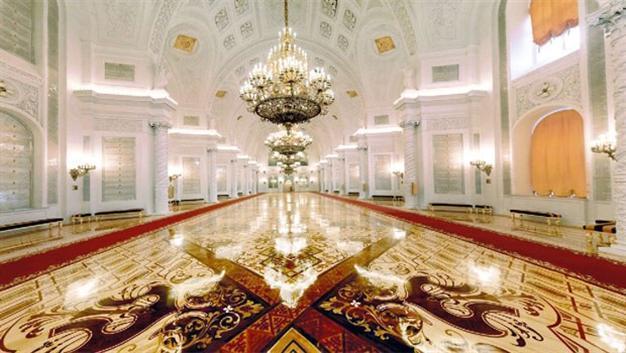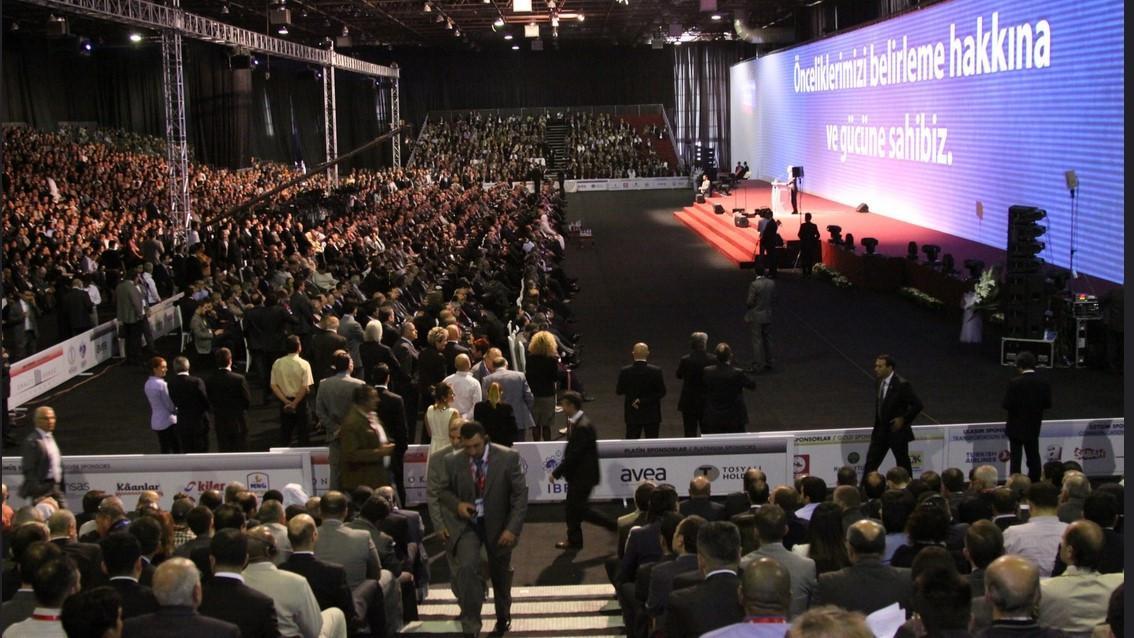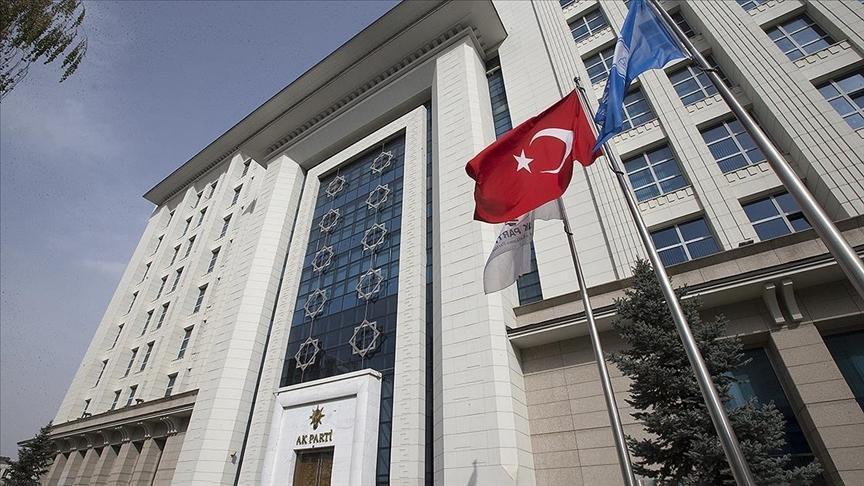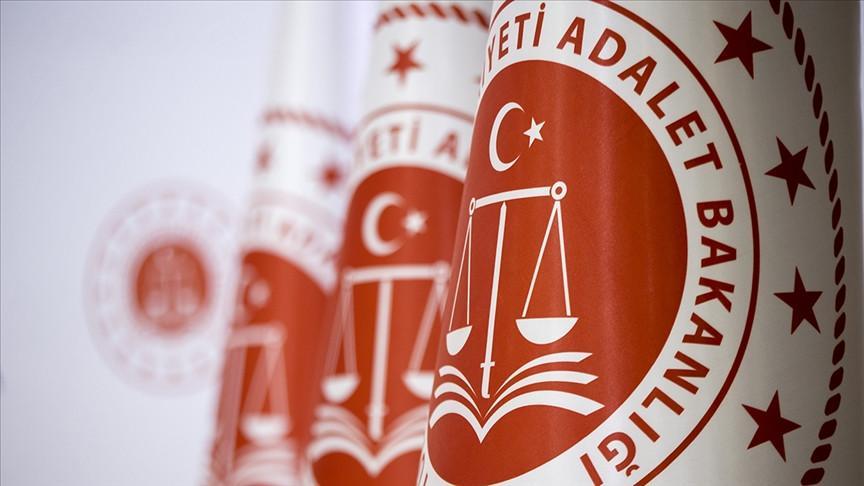A ‘tsarist’ symbol in Putin’s Crimea move
Nerdun Hacıoğlu MOSCOW / Hürriyet

Hürriyet Photo
The Georgievsky Hall at the Grand Kremlin Palace, where President Vladimir Putin has signed a treaty to make Crimea part of Russia March 18, following the presidential order announcing that he approved the draft, was not a random choice, according to prominent experts on Kremlin - a.k.a. Kremlinologists.The order was part of a series of steps to bring the Ukrainian region of Crimea into Russia after Crimean voters approved the move in a weekend referendum that Kiev and the West have denounced as illegal.
Putin’s choice of the venue to sign the treaty with Crimea’s leader is symbolic indeed, said the Kremlinologists, who have made a recent comeback to the political spotlight as Russia vies for reasserting its influence in former Soviet countries.
Kremlinology is the study and analysis of the politics and policies of Communist states. In popular culture, the term is sometimes used to mean any attempt to understand a secretive organization or process.
Kremlin’s five reception halls are named for orders of the Russian Empire: the Orders of St. George, Vladimir, Alexander, Andrew, and Catherine. While most halls are used for more “peaceful ceremonies,” like the Vladimirsky Hall where U.S. President Ronald Reagan and Soviet General Secretary Mikhail Gorbachev signed the INF Treaty ratification in 1988, the Georgievsky Hall has some “Tsarist” connotations.
It was named by Catherine the Great in 1769 to honor the memory of Saint George, who is believed to “bring victory” to Russia. Putin revived the edict of the Empress in 2000. Saint George was a soldier in the Roman army whose father was from Cappadocia, now part of the modern state of Turkey.

















